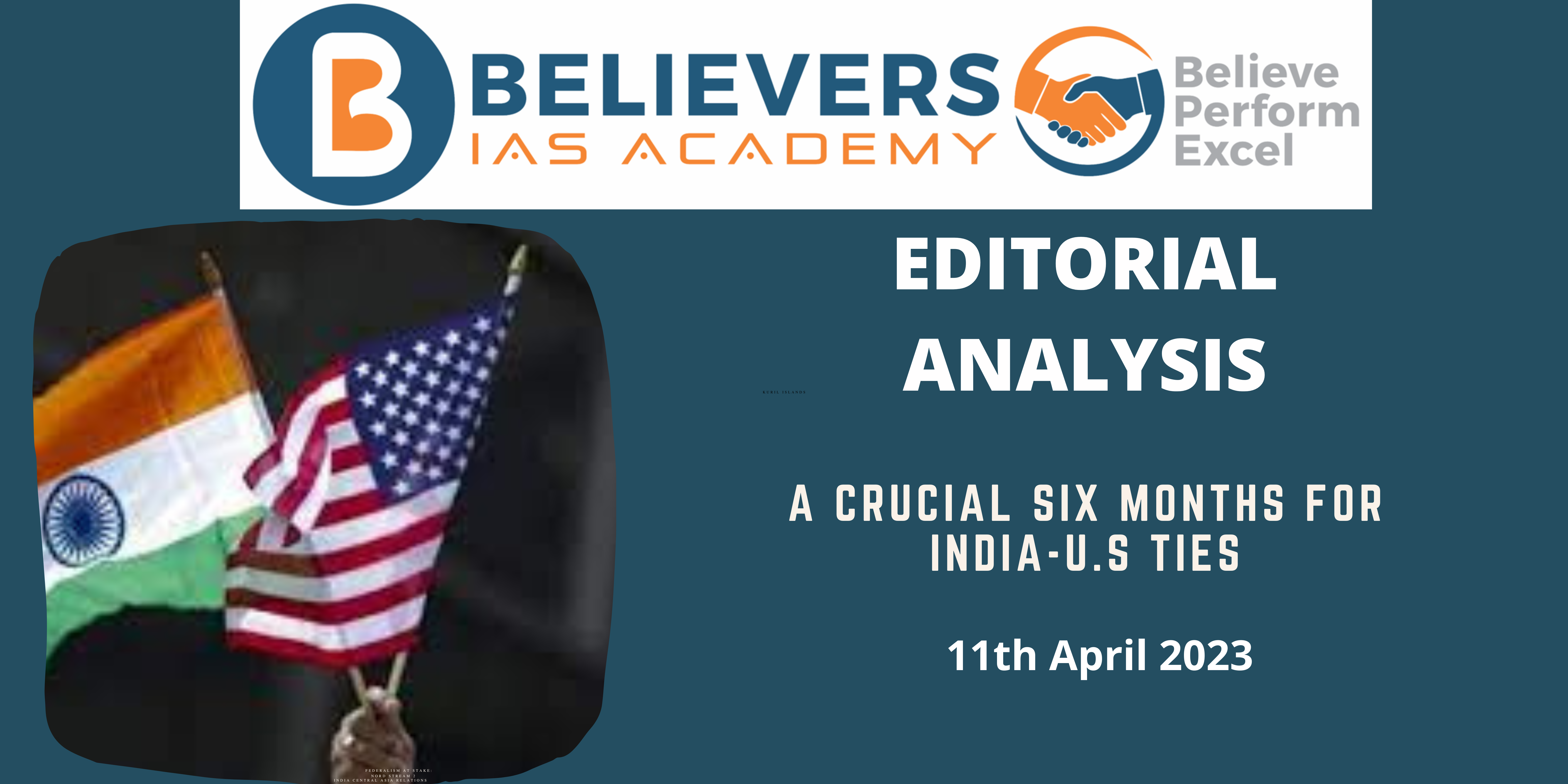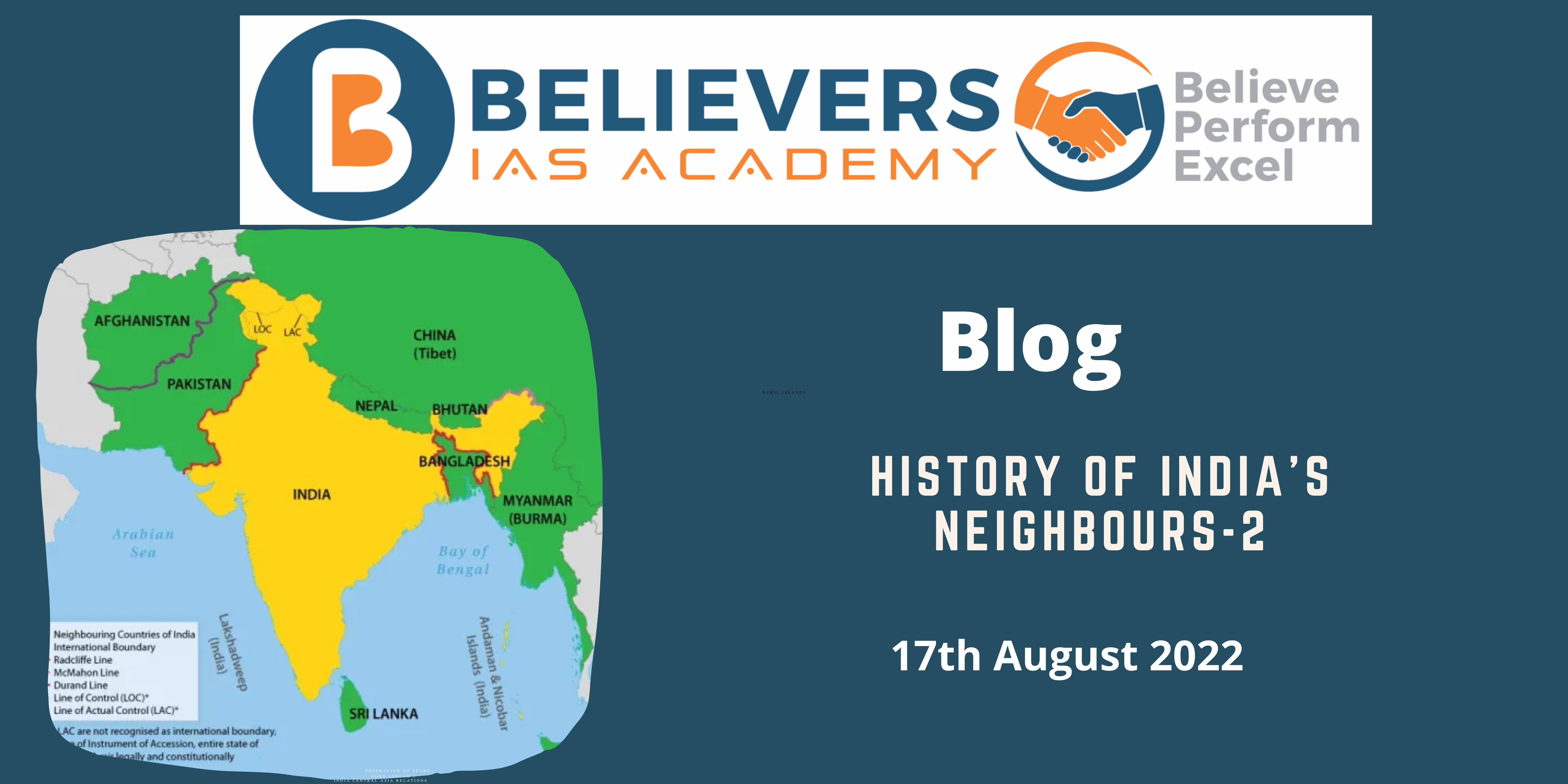A Crucial Six Months For India-U.S Ties
Context:
The next six months will be critical for India-US relations. After a two-year wait, the United States officially named its next Ambassador to India, Eric Garcetti, in March. Prime Minister Narendra Modi is slated to visit the United States in June, and US Vice President Joe Biden is expected to visit India later this year for the G20 conference. In addition, the two countries will participate more actively in forums such as the G20, Quad, and I2U2.
Points to Ponder:
Divergence and convergence:
- US and India have disagreements on a variety of issues, including India’s position on the Ukraine crisis and the United States’ position on China.
- Despite opposition from the rest of the world, particularly the United States, India has not broken ties with Russia. Russia has portrayed India and China as partners in a recent foreign report provided by the Kremlin.
- Until September, India will hold the presidency of the Shanghai Cooperation Organization, which also comprises China and Russia.
- The North Atlantic Treaty Organization’s overtures to India will be closely monitored as it seeks more participation from New Delhi.
- The India-US Initiative on Critical and Emerging Technological intends to extend the two countries’ strategic technological alliance and defense industrial cooperation.
- The Indo-Pacific Partnership, aims to promote regional security and economic progress by increasing trade and investment and improving connectivity. The engagement includes a variety of efforts, such as joint military exercises, security information exchange, and collaboration on economic and infrastructure development projects.
- The growing desire to shift supply chains away from China and towards India.
- The United States-India Strategic Energy Partnership intends to improve collaboration in areas such as energy security and access, as well as climate change.
- The relevance of space technology and the two countries’ collaboration in tackling climate change.
Ups And Downs
- The India-US relationship has seen its ups and downs throughout the years. The nuclear accord, market liberalization, and the outsourcing of Indian techies to US firms are a few crucial points in the relationship. Indian Americans are among the most prosperous immigrants in the United States. To reclaim its global position, India requires the expertise, skills, and investment of its diaspora.
- Previously, the Green Revolution, sponsored by the United States, had changed India from a food-shortage economy to one with surplus food. The United States has also played a significant role in transforming India become an IT superpower. Today, a big number of people of Indian heritage work for Silicon Valley corporations.
- The United States and India are also partners in the fight against climate change. This includes a variety of efforts such as renewable energy promotion, joint research and development projects, and investment in renewable energy infrastructure. The importance of space technology is likewise shared by the two countries.
- There was once a trust gap between India and the United States. It is hoped that confidence between the two countries would grow in the following months. Indians believe that the United States has shifted its support away from India and towards Pakistan. Furthermore, the American withdrawal from Afghanistan does not inspire trust in the United States as a reliable partner. The United States, on the other side, has raised concerns about terrorism, human rights, and democracy in India.
- The India-US relationship has had its ups and downs, but both countries are allies in addressing climate change and recognise the value of space technology. Despite differences and hurdles, the two countries can gradually strengthen their strategic alliance.




